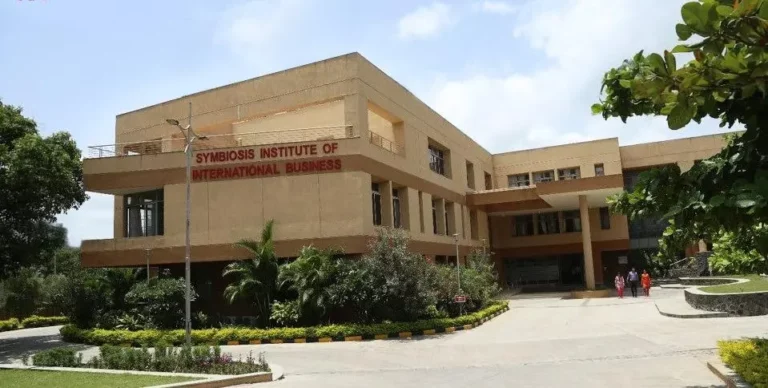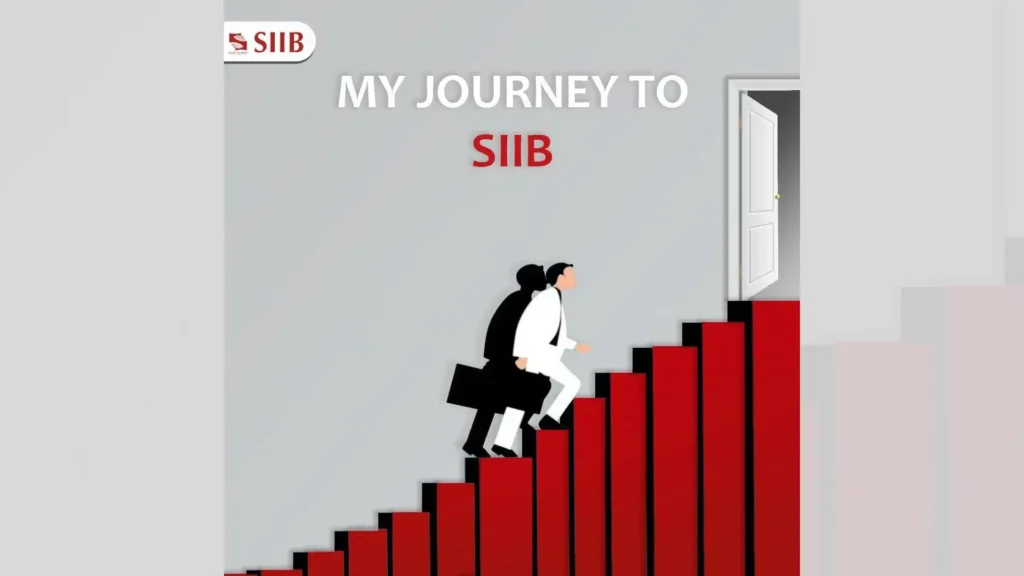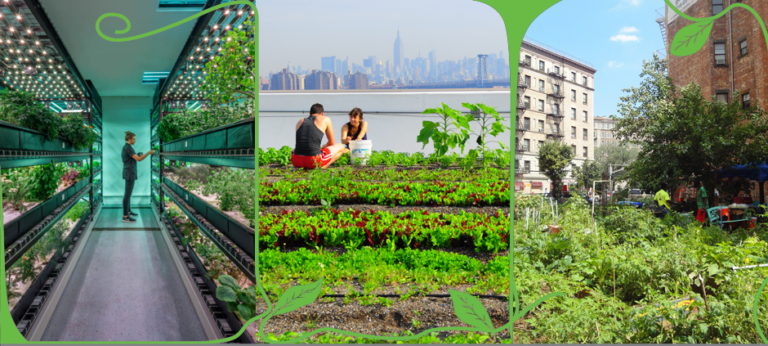My life and times at SIIB
By Ms. Namita Tiwari, SIIB-2000-02 Batch
The admission season always sees so many aspirants apply to some of the finest colleges, put in their heart and soul in the preparation and finally celebrate their entry into the academic institutions of the country. Well, I also had my reason to celebrate when I was granted admission into the Symbiosis Institute of International Business way back in 2000. After all, I had been admitted to one of the prestigious institutions and was going to pursue the coveted degree of MBA in International Business. From the packing to the preparing, the excitement never soared down. I was looking forward to my stint at SIIB, both personally and professionally.
The admission to SIIB also meant that I would have to leave the cozy confines of my home and get ready to experience a slice of the hostel life. The anticipation of what lay ahead often kept me thinking and I had a lot of questions about the hostel life, the environment, etc. Well, as soon as I stepped into SIIB, I knew it was going to be like a dream comes true. I still remember my first day when I entered college….little did I know this place was going to become so close to my heart. The cool breeze and the lovely weather of Pune had already welcomed me to the picturesque campus of SIIB. The induction program planned by our seniors and the administration was a completely rejuvenating session. The informal environment worked well as an ice breaker and our seniors became our first friends on campus. Later on, they often assumed the roles of mentors and teachers when ever required making our campus life a bagful of beloved memories.
My time at SIIB introduced me to the real time corporate scenario. The schedule from morning to evening saw us attending lectures, participating in events, studying assignments and doing a lot of homework as well. But, this was not it. The balance of academics and extra-curricular activities allowed us to keep ourselves healthy and enjoy our routine of assignments and deadlines. I still remember how we got up for our early morning classes to attend sessions on market research by Mr. Godbole and the finance lectures by Mr. Limaye. My favorite was always the market strategy lecture by Mr. Anil Pillai. The way he taught and the dynamicity with which he approached even the most complex topics made it all so easy to understand.
The two years at SIIB flew very fast and before I knew it. Thanks to the education, exposure and learning that I got from SIIB, I continue to realize my dream of building an even brighter future with each passing day.












